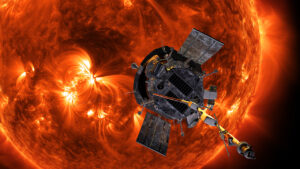
PSP/FIELDS Fact Sheet
Launched on Aug. 12, 2018, Parker Solar Probe will provide new data on solar activity and make critical contributions to our ability to forecast major space-weather events that impact life on Earth.
We study the Sun and its extended atmosphere, including processes from the solar interior to the edge of the solar system’s bubble of plasma and magnetic field known as the heliosphere. The Sun plays a major role in everything from the course of planetary habitability to space environment effects on technologies affecting our future, to informing visionary research on distant stellar phenomena and their neighborhoods. Our science is achieved on a spectrum of scales, from kinetic plasma studies in the solar wind using in-situ observations, to energetic photon studies of coronal acceleration processes in flares and Coronal Mass Ejections, to whole-heliosphere studies. Our group has a long-enduring and continuing history of innovation in both in-situ and remote sensing instrumentation, as well as fundamental plasma theory, spacecraft data analysis, and modeling of the near-sun environment and the solar wind. Importantly, our group is interdisciplinary and interconnected with the other three science directorates; members in our directorate are core members and co-investigators on missions, investigations, and studies spanning the entire science directorate at SSL.


Launched on Aug. 12, 2018, Parker Solar Probe will provide new data on solar activity and make critical contributions to our ability to forecast major space-weather events that impact life on Earth.
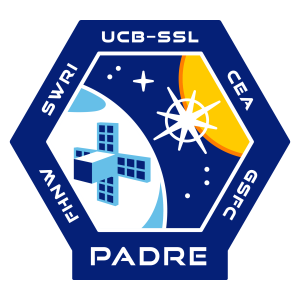
The solar PolArization and Directivity X-Ray Experiment (PADRE) is NASA cubesat mission to study and dicepher the secrets of the Sun.
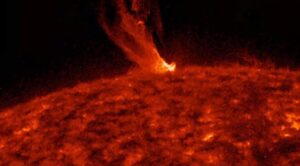
SSL hosts the most comprehensive, single, archive of the in-situ Helios 1 and 2 data along with previously unavailable documentation on the different spacecraft instruments and their operation, datasets, and early data processing.
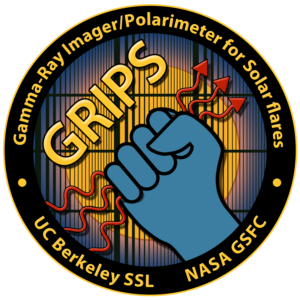
The balloon-borne Gamma-Ray Imager/Polarimeter for Solar flares (GRIPS) instrument will provide a near-optimal combination of high-resolution imaging, spectroscopy, and polarimetry of solar-flare gamma-ray/hard X-ray emissions from ~20 keV to >~10 MeV.

The Focusing Optics X-ray Solar Imager (FOXSI) is the first solar-dedicated NASA-sounding rocket experiment that performs imaging spectroscopy in hard X-rays (HXRs) using direct focusing techniques. FOXSI has improved the sensitivity and imaging dynamic range by orders of magnitude compared to its predecessors (e.g., RHESSI), demonstrated in three successful flights (2012, 2014, and 2018).
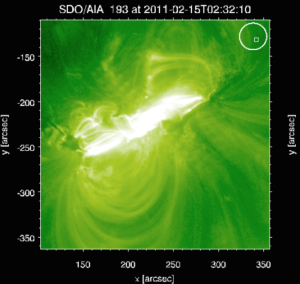
CGEM Coronal Global Evolutionary Model CGEM is a NASA/NSF funded Living With a Star Strategic Capability between UC Berkeley, Stanford University and Lockheed Martin Space and